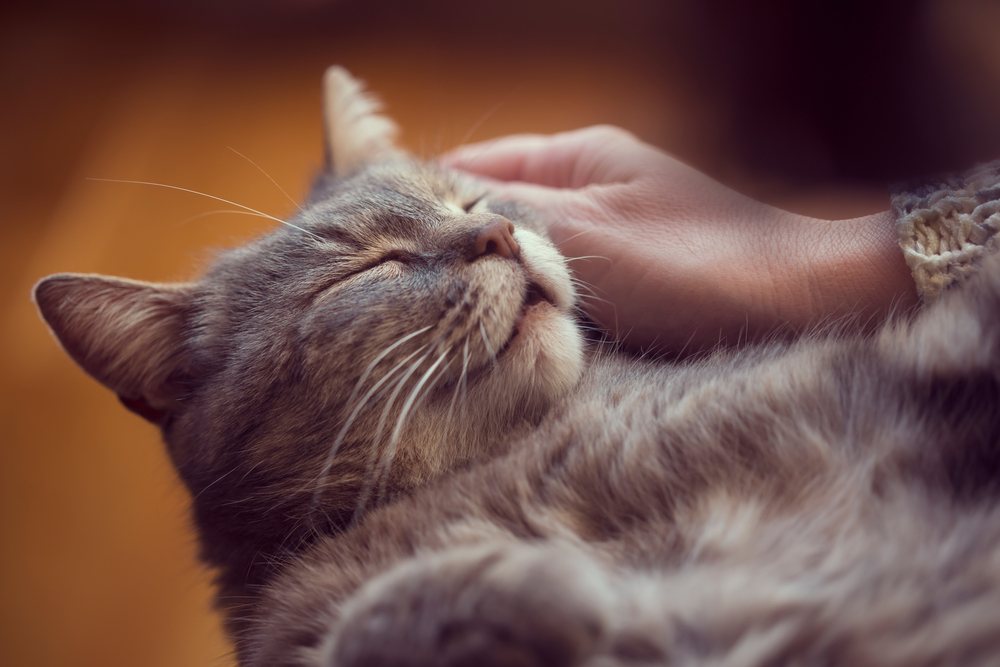10. Why do cats purr?

Whether it’s a tiger, a leopard or a house cat, all felines like to purr. They seem to do that in a bunch of different situations, such as: when they are stressed, when they are relaxed, when they are pet by humans, when they nurse their kittens, and sometimes during their sleep.
There is a theory which says that the purring promotes bone growth and it contains sound frequencies within the 25- to 150-Hertz range. This has been shown to improve bone density and promote healing. Because we know that cats conserve energy by being lazy and sleeping for long periods of time, purring may be a low-energy way to keep bones and muscles healthy, without being active and using them.
Takeaway
It seems that even though we have solved many mysteries so complex that it boggles the mind to even think about them, humanity still has a lot to learn, discover and explore.
Maybe we need some new technologies, a few new theories or even new angles, in order to receive the answers we want, but maybe they won’t remain unknown forever.
Maybe we need some new technologies, a few new theories or even new angles, in order to receive the answers we want, but maybe they won’t be such unknown things forever.
Also, who doesn’t like a little bit of a mystery? It keeps the thinking process and the curiosity going, am I right?
Who knows, maybe our grand-grand-grand-grand……grandchildren will know everything that we don’t know now.













































1 thought on “10 Simple Questions We Have No Answer For”
In order to HAVE time you need at least two objects that are not like each other in any manner. In the situation where that does exist movement of one relative to the other is time. We have that situation.